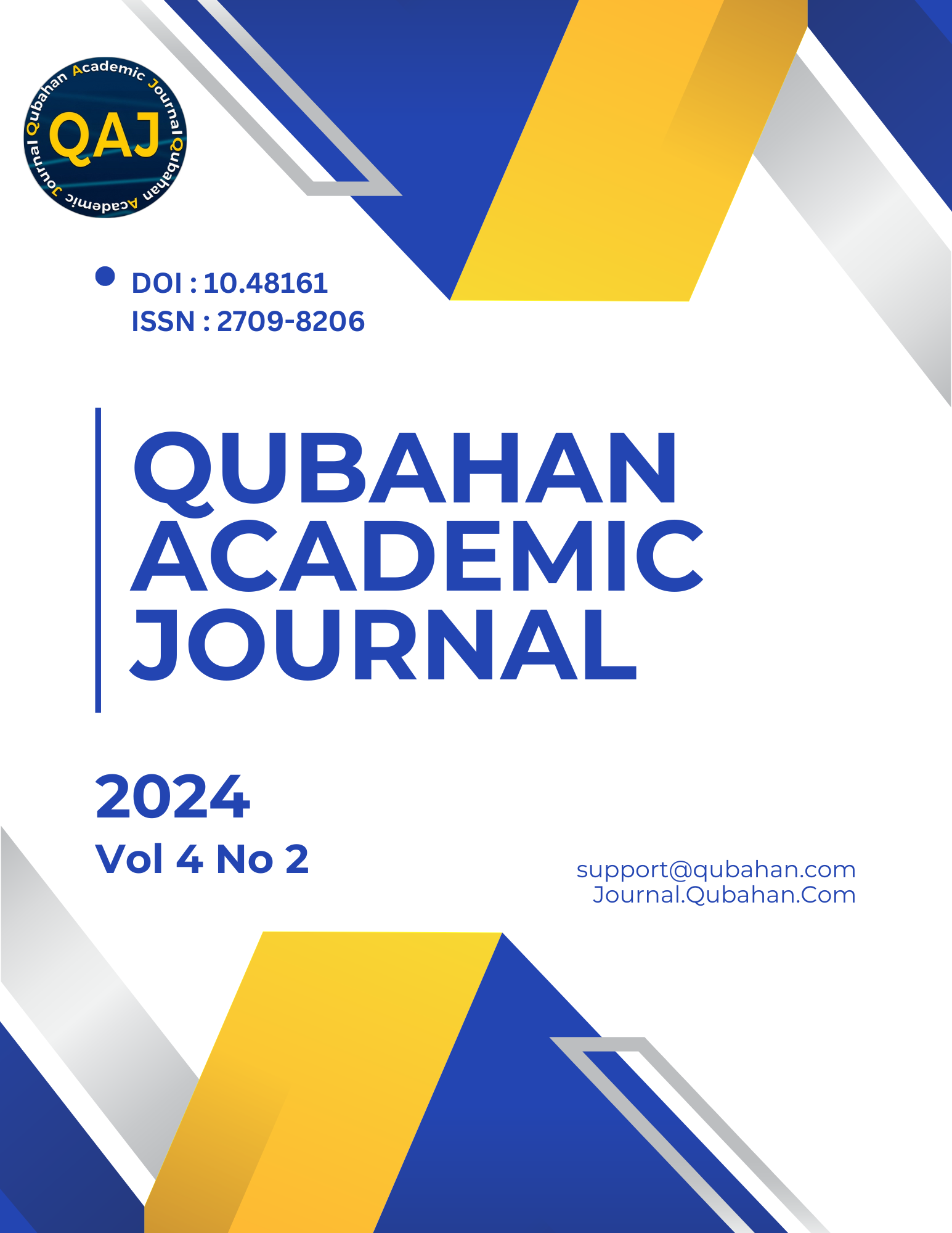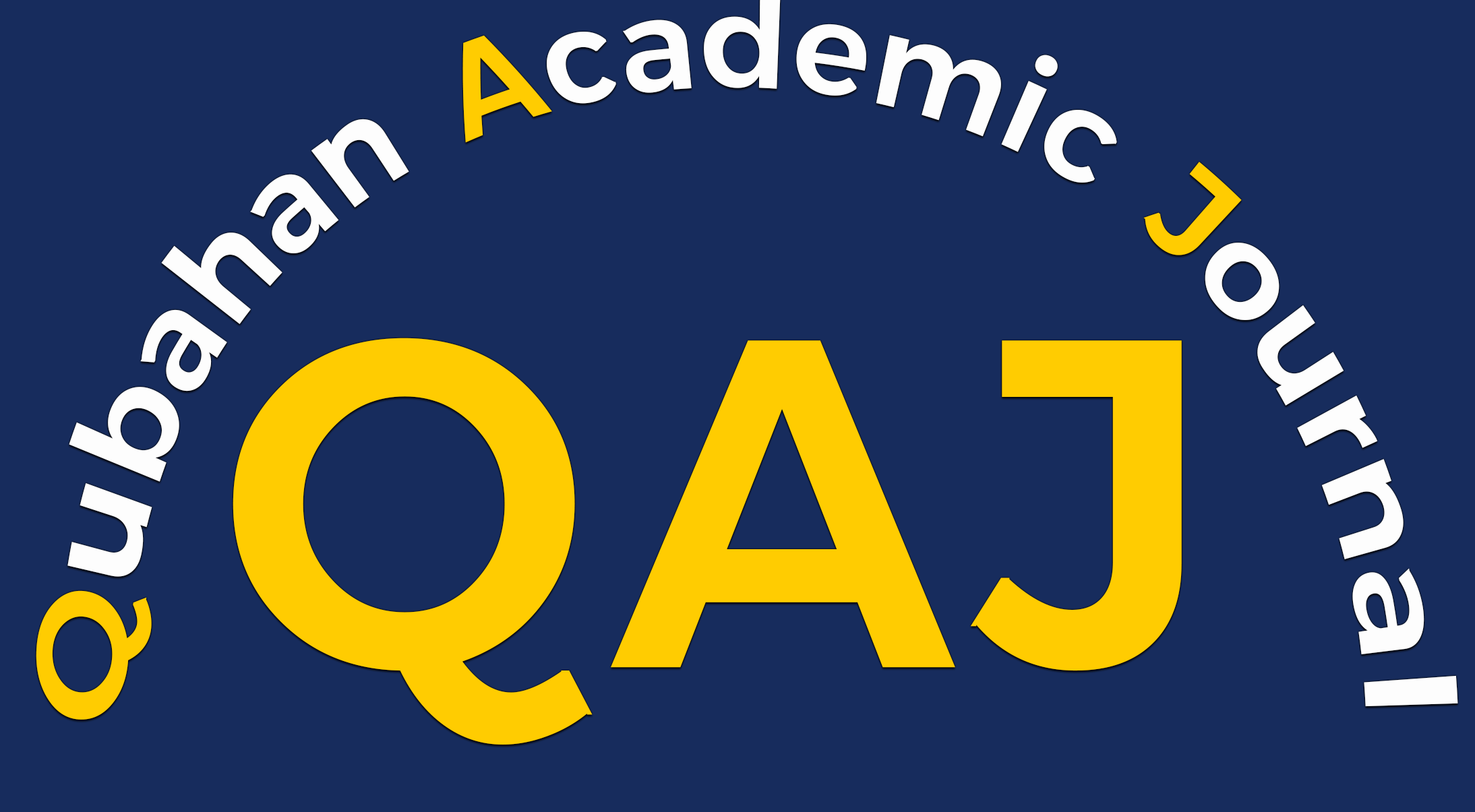Employee Performance Model Through Work Productivity: Work Professionalism and Training in PT Semen Padang
DOI:
https://doi.org/10.48161/qaj.v4n2a664Keywords:
Professionalism, Training, Productivity, PerformanceAbstract
PT Semen Padang (Persero) Tbk is an established Indonesian corporation operating in the cement industry. Increased competition in the local market is projected to improve the quality of cement produced by the inflow of many new businesses into Indonesia . This research aims to identify, evaluate, and quantify the immediate and secondary impacts of professionalism, training, work productivity, and employee performance. A proportional random sampling technique was utilized to choose 296 employees from PT Semen Padang (Persero) Tbk, with the data subsequently examined using SEM-PLS. The data further reveal that professionalism moderately improves employee performance, while training considerably enhances it. Work productivity is shown to have a noteworthy positive impact on employees' productivity. Additionally, both professionalism and training serve as mediators, positively influencing employee performance due to their impact on work productivity. This study underscores the pivotal role of professionalism and training in augmenting work productivity and overall employee performance. This study underscores the pivotal role of professionalism and training in augmenting work productivity and overall employee performance. The results emphasize the significance of these factors in maintaining competitiveness in Indonesia's cement industry amidst increasing market rivalry.This research advises companies to improve professionalism and increase the intensity of training, which can provide benefits for improving employee performance.
Downloads
References
Ahlvik, C., Smale, A., & Sumelius, J. (2016). Aligning corporate transfer intentions and subsidiary HRM practice implementation in multinational corporations. Journal of World Business, 51(3), 343–355. https://doi.org/10.1016/j.jwb.2015.04.003
Rahmi, A., & Aziz, A. (2017). Pengaruh Disiplin Kerja, Pelatihan Kerja Dan Kemampuan Kerja Terhadap Prestasi Kerja Pegawai Biro Umum Kantor Gubernur Provinsi Aceh. Jurnal Bisnis Administrasi, 06 (02), 24–31.
Nielsen, C., & Montemari, M. (2012). The role of human resources in business model performance: the case of network‐based companies. Journal of Human Resource Costing & Accounting, 16 (2), 142–164. https://doi.org/10.1108/14013381211284254
Fleming, J. H., & Asplund, J. (2007). Human sigma: Managing the employee-customer encounter. Simon and Schuster.
Aronson, J. E., Liang, T.-P., & MacCarthy, R. V. (2005). Decision support systems and intelligent systems (Vol. 4). Pearson Prentice-Hall Upper Saddle River, NJ, USA.
Rich, B. L., Lepine, J. A., & Crawford, E. R. (2010). Job engagement: Antecedents and effects on job performance. Academy of Management Journal, 53(3), 617–635.
Macey, W. H., Schneider, B., Barbera, K. M., & Young, S. A. (2011). Employee engagement: Tools for analysis, practice, and competitive advantage. John Wiley & Sons.
Demerouti, E., Cropanzano, R., Bakker, A., & Leiter, M. (2010). From thought to action: Employee work engagement and job performance. Work Engagement: A Handbook of Essential Theory and Research, 65(1), 147–163.
Halbesleben, J. R. B. (2010). A meta-analysis of work engagement: Relationships with burnout, demands, resources, and consequences. Work Engagement: A Handbook of Essential Theory and Research, 8(1), 102–117.
Nolandari, S., Henmaidi, H., & Hasan, A. (2016). Pengukuran Kepuasan Kerja Karyawan APLP & A PT Semen Padang (PT X). Jurnal Optimasi Sistem Industri, 14(2), 204. https://doi.org/10.25077/josi.v14.n2.p204-225.2015
Barba Aragón, M. I., Jiménez Jiménez, D., & Sanz Valle, R. (2014). Training and performance: The mediating role of organizational learning. BRQ Business Research Quarterly, 17(3), 161–173. https://doi.org/10.1016/j.cede.2013.05.003
Putra, I. W. I., Suwendra, I. W., & Bagia, I. W. (2016). Terhadap Kinerja Karyawan e-Journal Bisma Universitas Pendidikan Ganesha. e-Journal Bisma Universitas Pendidikan Ganesha, 4(1).
Iska, D. (2021). Stress and its impact on employee performance. International Journal of Social Management Studies, 2(3), 142–148.
Pradhan, R. K., & Jena, L. K. (2017). Employee performance at workplace: Conceptual model and empirical validation. Business Perspectives and Research, 5(1), 69–85. https://doi.org/10.1177/2278533716671630
Brhane, H. (2018). A Literature Review on the Effects of Employee Relation on Improving Employee Performance. Journal Homepage: http://ijmr. net. in, 6(04).
Diamantidis, A. D., & Chatzoglou, P. (2018). Factors affecting employee performance: an empirical approach. International Journal of Productivity and Performance Management, 68(1), 171–193. https://doi.org/10.1108/IJPPM-01-2018-0012
Syahsudarmi, S. (2022). Does coaching affect employee work professionalism? A study of the state apparatus in Indonesia. Husnayain Business Review, 2(1), 1–8.
Sedarmayanti. (2010). Sumber Daya Manusia dan Produktivitas Kerja (2nd ed.). Bandung: Mandar Maju.
Parameswari, R., Tholok, F. W., & Pujiarti, P. (2020). The effect of professionalism on employee work productivity at Sakura Jaya Company. Primanomics Journal of Economics & Business, 18(2), 56–68.
Ikhwanuddin, I., Rizky, M. C., & Putra, A. R. (2023). The influence of occupational health and safety on employee professionalism and work productivity. International Journal of Service Science, Management, Engineering, and Technology, 3(1), 32–36.
Yohana, C. (2020). The effect of integrity, professionalism, and innovation on service performance. Journal of Business Behavior and Entrepreneurship, 4 (1), 26–42.
Coram, P. J., & Robinson, M. J. (2017). Professionalism and performance incentives in accounting firms. Accounting Horizons, 31(1), 103–123.
Ichsan, R. N., Nasution, L., & Setiadi, D. (2022). The influence of work ethics and work professionalism on performance at PT. BRI Branch Singamangaraja Medan. Jurnal Darma Agung, 30(1), 118–125.
Mrope, N. P. (2017). The effect of professionalism on performance of procurement function in the public sector: Experience from the Tanzanian public entities. International Journal of Business and Management Review, 5(6), 48–59.
Moffatt, F., Martin, P., & Timmons, S. (2014). Constructing notions of healthcare productivity: The call for a new professionalism? Sociology of Health & Illness, 36(5), 686–702.
Lee, K.-J. (2014). Attitudinal dimensions of professionalism and service quality efficacy of frontline employees in hotels. International Journal of Hospitality Management, 41, 140–148.
Mangkunegara, A. A. A. P. (2016). Manajemen sumber daya manusia perusahaan. PT. Remaja Rosdakarya.
Edy, S. (2016). Manajemen Sumber Daya Manusia. Jakarta: Kencana Prenada Media Group.
Dessler, G. (2015). Manajemen Sumber Daya Manusia. Jakarta: Salemba Empat.
Ilyas, M., Kadir, K. A., & Adnan, Z. (2017). Relationship between training and employee productivity in organization: A partial least square (PLS-SEM) approach. Information and Knowledge Management, 7(3), 53–60.
Mohammed, N. A., Mohammed, D., & Gana, J. (2022). The impact of training and development on employee productivity in the 21st century. African Journal of Management and Business Research, 3(1), 41–58.
Halomoan, Y. K. (2020). The effect of training and work discipline on employee productivity at PT Anugerah Agung in Jakarta. Jurnal Ad’ministrare, 7(1), 57–64.
Halawi, A., & Haydar, N. (2018). Effects of training on employee performance: A case study of Bonjus and Khatib & Alami Companies. International Humanities Studies, 5(2).
Afroz, N. N. (2018). Effects of training on employee performance: A study on banking sector, Tangail Bangladesh. Global Journal of Economics and Business, 427(5977), 1–14.
Suknunan, S., & Bhana, A. (2022). Influence of employee-manager relationship on employee performance and productivity. Problems and Perspectives in Management, 20(3), 349–368.
Nakano, Y., Tsusaka, T. W., Aida, T., & Pede, V. O. (2018). Is farmer-to-farmer extension effective? The impact of training on technology adoption and rice farming productivity in Tanzania. World Development, 105, 336–351.
Skogland, M. A. C. (2017). The mindset of activity-based working. Journal of Facilities Management, 15(1), 62–75.
Busro, M. (2018). Teori-Teori Manajemen Sumber Daya Manusia. Jakarta: Prenadameidia
Downloads
Published
How to Cite
Issue
Section
License
Copyright (c) 2024 Qubahan Academic Journal

This work is licensed under a Creative Commons Attribution-NonCommercial-NoDerivatives 4.0 International License.











